All images by the ICZ
ABOUT
The Forest Institute
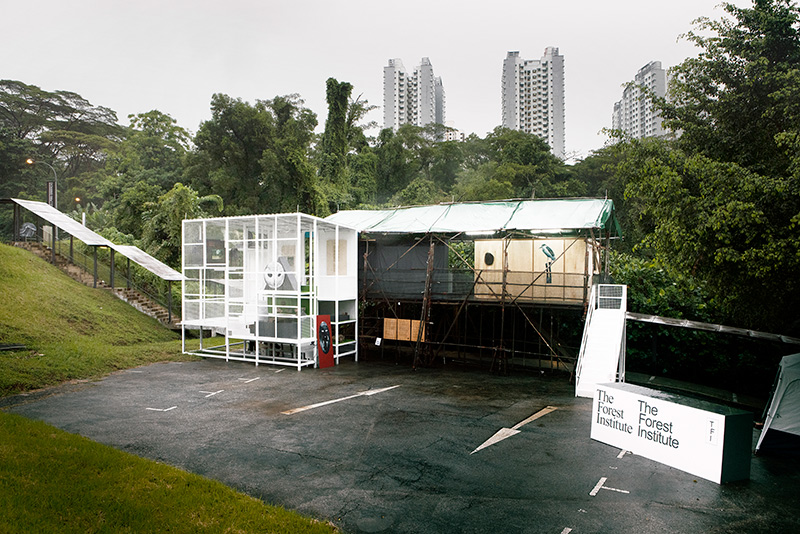 Installation View, Gillman Barracks.
Installation View, Gillman Barracks.
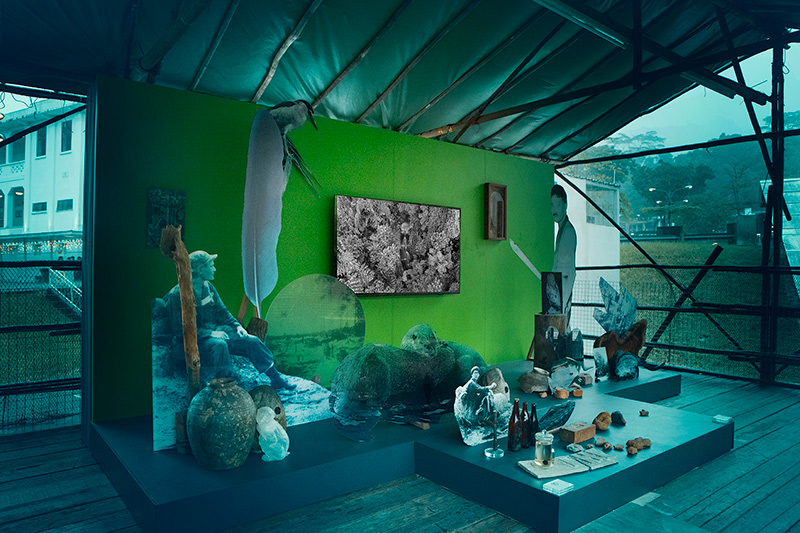 Internal View, The Forest Institute. Installation by Robert Zhao. Video, 60mins.
Internal View, The Forest Institute. Installation by Robert Zhao. Video, 60mins.
Opening hours: 14.1–14.2.2021 10am–6pm daily (closed on 31st Jan, 1st Feb & 2nd Feb)
The Forest Institute is a large-scale architectural art installation housing a research installation, and comprising the Forest Observation Room and the River Platform, devoted to research on the secondary forest surrounding the Gillman Barracks precinct. Conceptualised by Robert Zhao & Randy Chan, and curated by John Tung, the Institute—that intervenes into existing pedestrian infrastructure—is accompanied by several large-scale prints of fauna installed in its vicinity, exposing visitors to the different realities of the area.
The project draws inspiration from, and pays close attention to an ancient tributary of Berlayer Creek, that courses through the forested areas of the barracks within an earshot distance from the institute. Prompting an acute awareness of the interconnectedness and interdependence of the perceived ‘ecological pockets’ that we encounter within our built environments, The Forest Institute offers a glimpse at the beauty and mysteries that nature has to offer, while pre-empting us on what we stand to lose.
Extending from research undertaken by Robert Zhao Renhui for his Benesse Prize finalist artwork, Queen’s Own Hill and its Environs, commissioned and presented at the Singapore Biennale 2019, and conceptualised in collaboration with award-winning architect-artist Randy Chan, ? The Forest Institute ? exists as a large-scale architectural art installation housing a research installation, and comprising the Forest Observation Room and the River Platform, devoted to research on the secondary forest surrounding the Gillman Barracks precinct. The Institute, accompanied by several large-scale prints of fauna—encountered and observed within the forested area—installed in its vicinity, exposes visitors to the different realities of the area.
Drawing inspiration from Southeast Asian architecture, the design of the institute is reminiscent of the Bornean longhouse—one of the earliest forms of permanent structures for many cultures around the world—albeit with the incorporation of a contemporary steel wing. Intervening into the existing pedestrian infrastructure present within the arts site, Chan’s architectural design highlights the backdrop of nature against the urban reality. Drawing attention to the forest that surrounds the concretised barracks, the elevated institute offers a unique vantage point to peer into the green yonder.
While housing research findings from Zhao’s extensive engagement with the history, botany, and zoology of the forest surrounding the Gillman Barracks art precinct over the past four years, the institute also provides visiting researchers with the opportunity for an extended study of the forest through overnight residencies at the Forest Observation Room. Equipped with provisions capable of supporting up to 2 adult and 2 child researchers from dusk to dawn, the observation room provides a safe refuge for the scrutiny of the forest’s nocturnal inhabitants.
Finally, the River Platform will lead visitors beyond demarcated boundaries to one of the key sites of interest, for both Chan & Zhao, within the forest—an ancient tributary draining into Berlayer Creek, concretised by the British, and still flowing today. Just as how this “river” serves as a source of sustenance for the fauna that inhabit the area, its flowing waters are simultaneously the wellspring of the artists’ inspiration.
Berlayer Creek, one of two remaining mangrove swamps located in the south of Mainland Singapore, possesses the longest history of urbanisation amongst all mangrove swamps in Singapore, having been occupied since the 1820s. Now a refuge for numerous species of migratory birds and other animals, the recognition of this humble stream running through the forests of Gillman Barracks as one of its tributaries—predating settlement, colonisation, and urbanisation—prompts an acute awareness of the interconnectedness and interdependence of the perceived ‘ecological pockets’ that we encounter within our built environments.
As an ongoing study of the enmeshment and impact of human activities on surrounding ecologies, The Forest Institute emerges as an allegory of humanity’s limited understanding of our natural surroundings. Beyond offering a glimpse at the beauty and mysteries that nature has to offer, the artwork preempts us on what we stand to lose.
For more information on the exhibition, click here.
Review of The Forest Institute, click here.
Exhibiton Trailers:
Main Video Work Trailer
Mornings at The Forest Instiute, A Post Colonial Scent
Exhibition Trailer
Exhibition Program, Walks
Installation Views:
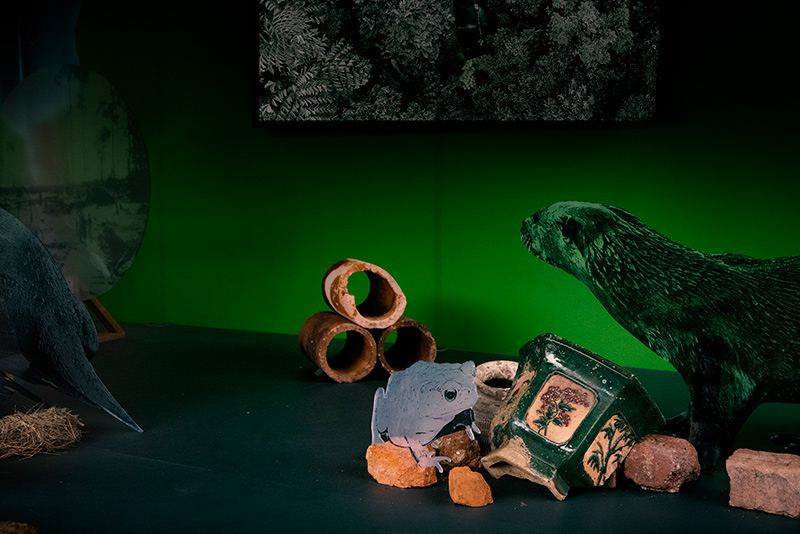
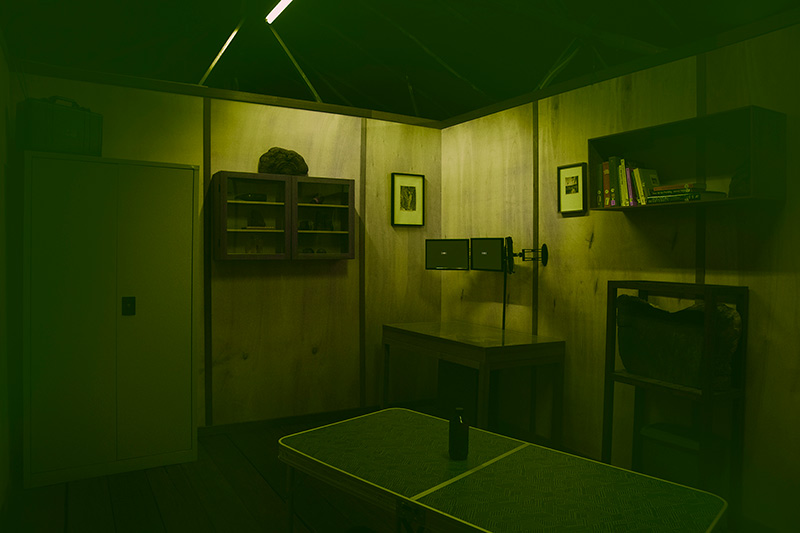 Forest Observation Room, for overnight stay.
Forest Observation Room, for overnight stay.
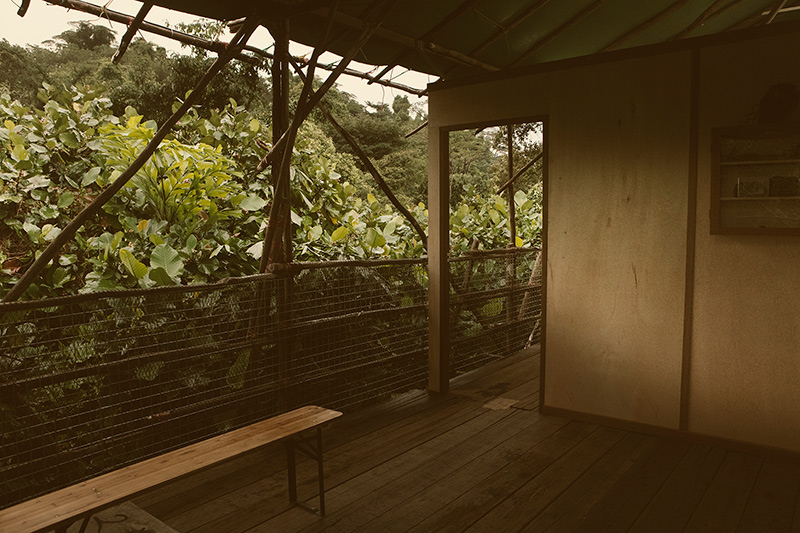 Internal view of Observation Deck
Internal view of Observation Deck


 Outdoor Installation near The Forest Institute
Outdoor Installation near The Forest Institute
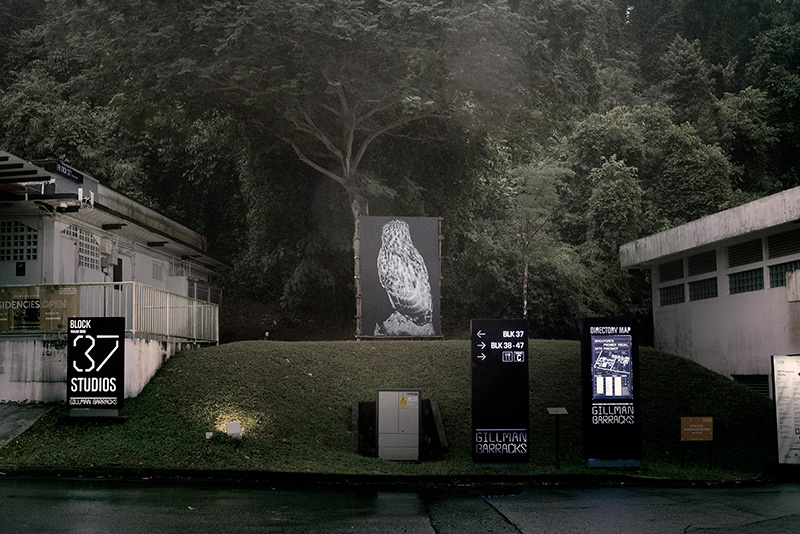 Outdoor Installation near The Forest Institute
Outdoor Installation near The Forest Institute
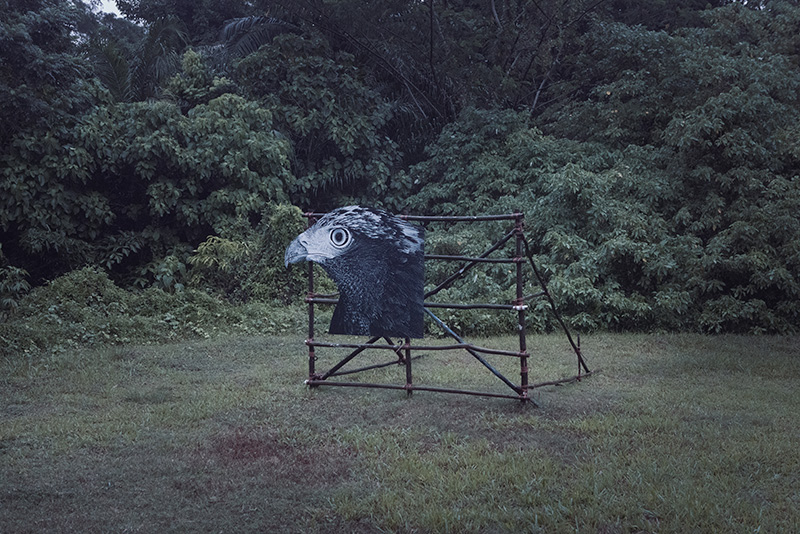 Outdoor Installation near The Forest Institute
Outdoor Installation near The Forest Institute
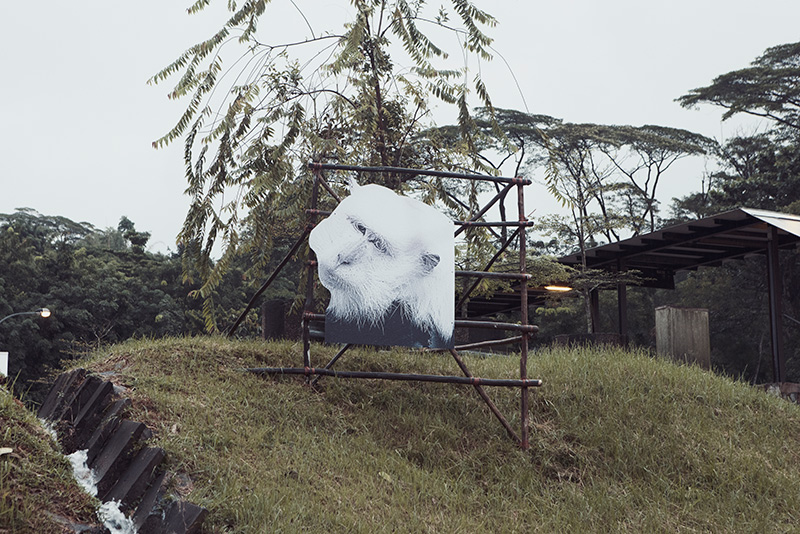 Outdoor Installation near The Forest Institute
Outdoor Installation near The Forest Institute
Copyright 2022, Institute of Critical Zoologists